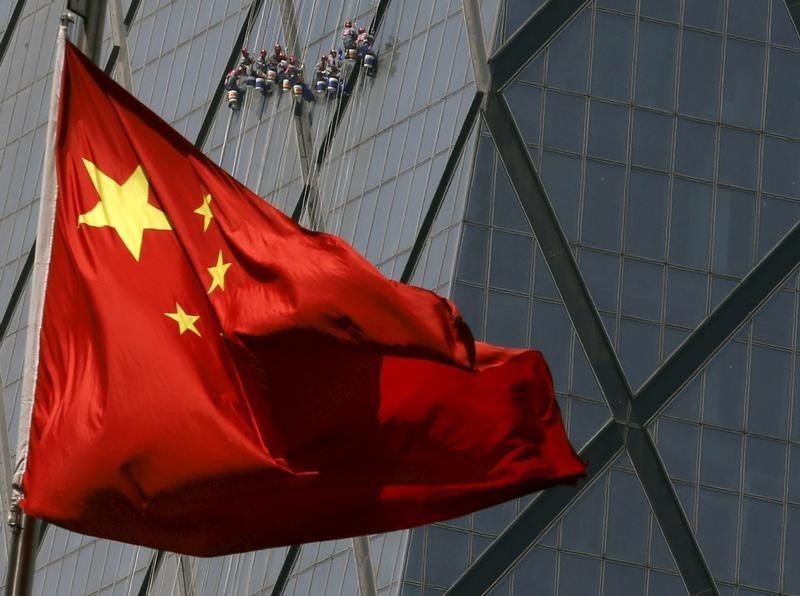(Bloomberg) -- An official gauge of activity in China’s manufacturing gained in September on stronger production and orders, suggesting the recovery momentum remained solid, while activity in the services sector also strengthened.
- The manufacturing purchasing managers’ index in September rose to 51.5 from 51 a month earlier, according to data released by the National Bureau of Statistics Wednesday, beating the 51.3 estimate in a Bloomberg survey.
- The non-manufacturing gauge rose to 55.9 from August’s 55.2. That’s better than the median forecast and well above 50, which is the level that divides improvement from deterioration from the previous month.
Key Insights
- The steady improvement comes on the back of a resumption in operations and strong exports as economies around the world gradually reopen. Consumption in China also started to pick up as more restrictions were lifted on traveling and visiting entertainment venues.
- “More solid readings on China’s purchasing managers’ indexes in September highlight the strength of the economic recovery,” Bloomberg Economics’s Chang Shu said in a report. “The latest signs that the recovery is still making headway should give the government space to maintain a cautious approach to stimulus -- going easy on general economy-wide easing, while focusing on implementation.”
- “Although overall manufacturing demand has improved, the recovery of industries is uneven,” according to Statistics Bureau Economist Zhao Qinghe. More than half the companies in the textile, clothing and apparel, wood processing and other manufacturing industries said demand was insufficient, and with the global epidemic not yet fully and effectively controlled there are still uncertainties in China’s imports and exports, he said.
Get More
- A sub-index of new export orders for factories climbed to 50.8, the first time it’s been in expansion territory this year. New orders was also higher at 52.8.
- A sub-index of manufacturing employment rose slightly to 49.6, while non-manufacturing employment quickened to 49.1.
- The construction PMI was above 60 for a third straight month, indicating that infrastructure spending is increasing, the NBS said.
- A separate indicator from Markit showed a slight slowdown for manufacturing companies, with the PMI dropping to 53 from 53.1. That survey is more focused on smaller firms and exporters than the official data.
- A set of early indicators showed China’s economic rebound flattened out in September, weighed down by lackluster home and car sales, a weaker stock market and worsening business confidence. That signals China’s recovery momentum could further fade if consumption fails to provide enough support.
(Updates with more details throughout.)
©2020 Bloomberg L.P.
